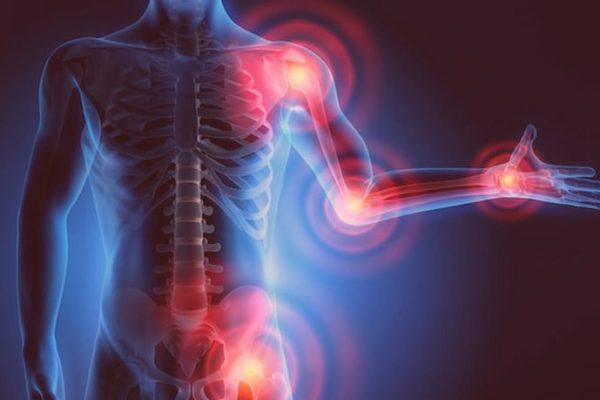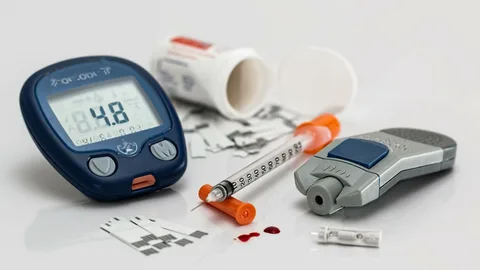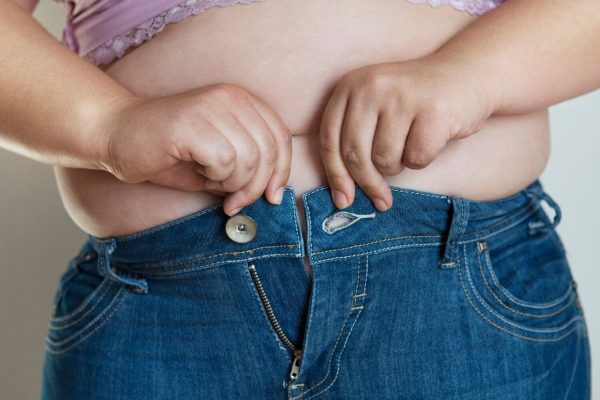Pediatric obesity, also known as childhood obesity, is a chronic health complication mainly affecting teens and children. Pediatric obesity is when your child exceeds a healthy body mass index (BMI) for their height and age. When your child becomes obese, they start to develop health complications that are common among adults, such as high cholesterol, diabetes, and high blood pressure. Childhood obesity can lead to depression and decreased self-esteem in your children. Fortunately, several effective strategies may help manage your child’s obesity to improve their exercise and feeding habits. In this article, we will tell you why you should consult with Seema Chaudhary MD, for lasting solutions to pediatric obesity.
What are The Causes of Pediatric Obesity?
Like adults, children become obese when there is an energy imbalance due to increased calorie intake than their bodies can consume. Childhood obesity is usually triggered by factors such as metabolic makeup, hormones, genetics, and medical factors. Below are some of the known causes of pediatric obesity:
- Reduced or lack of physical activity
- Poor food choices
- Eating foods with high amounts of calories
- Lack of access to playgrounds, parks, and other grounds for physical activity
- Spending extended periods using computers, phones, or tablet
- Regularly feeding on low-nutrient meals such as snacks, soda, and fast foods
- Medications such as antidepressants, anti-seizure medications, steroids, and diabetes medications
- Leptin receptor deficiency
- Underlying medical conditions such as hypothyroidism.
Signs and Symptoms of Pediatric Obesity
Apart from excessive body weight, below are some of the common signs and symptoms of childhood obesity:
- Joint pain
- Increased sweating
- Snoring and sleep apnea
- Shortness of breath
- Skin rashes
- Stretch marks on your back, hips, and abdomen
- Knock knees and flat feet
- Constipation
- Delayed puberty in boys
- Early puberty in girls
Diagnosis
During the diagnosis of childhood obesity, your healthcare provider will consider the following to make an accurate diagnosis:
- Sleep patterns
- Psychological conditions
- Level of activity
- Family history of being overweight
- Any pre-existing obesity-related symptoms
- Eating habits
- Results of physical exams for blood pressure and heart rate
Treatment
The type of treatment your healthcare provider will prescribe for your child usually depends on your kid’s age, pre-existing medical conditions, and family history. The following are some of the main treatment options for pediatric obesity:
- Increased activity levels. Regular physical activities will help your kid burn more calories and strengthen their muscles and bones.
- Healthy diets. You should focus on feeding your child nutrient-rich foods such as whole grains, vegetables, proteins, and fruits.
- Limit intake of sugary beverages. Beverages such as sodas and fruit juice contain high calories and low nutrients.
- Limit ordering take-outs. Meals in most eateries contain high amounts of fat and sodium, which can result in obesity and hypertension.
- Ensure they get enough sleep. Your child can become overweight by not getting enough sleeping time. This causes your child to lack the energy to play during the day and resort to sugary foods and drinks for quick body energy.
At Nova Physician Wellness Center, we ensure all our patients can get rid of obesity problems and improve their overall health. Led by Dr. Seema Chaudhary and a team of highly skilled medical experts, you are guaranteed to receive personalized weight management strategies to help you achieve a healthy body weight. Get started today and schedule an appointment online or call us at 571-748-6704.











